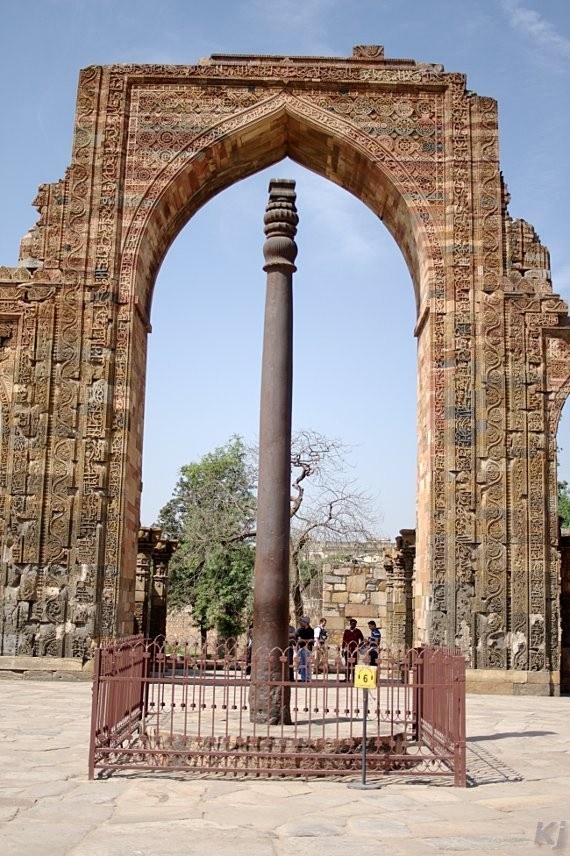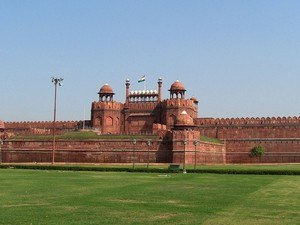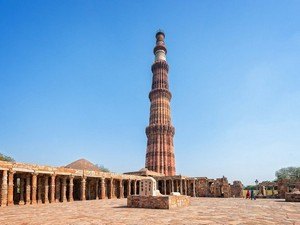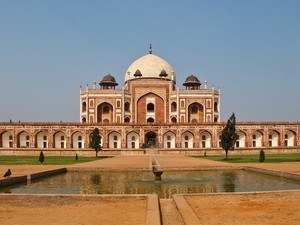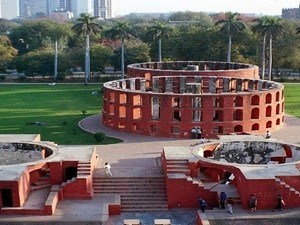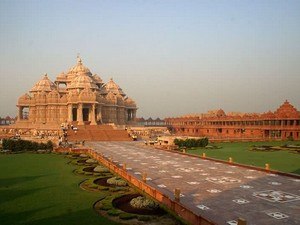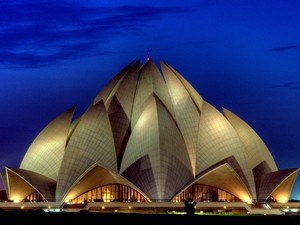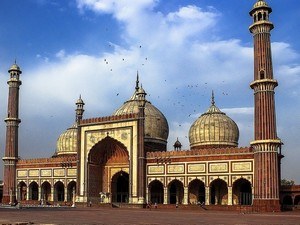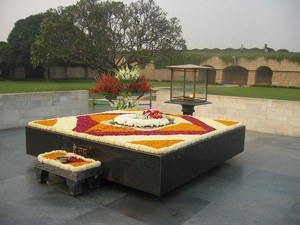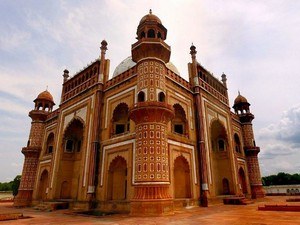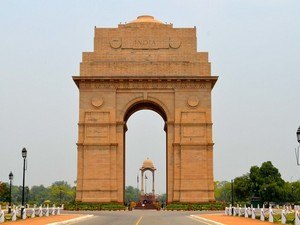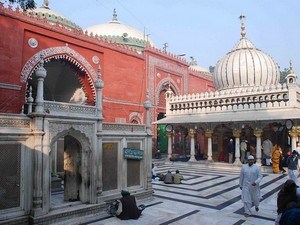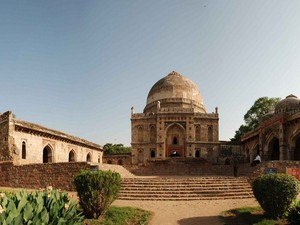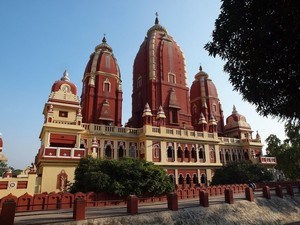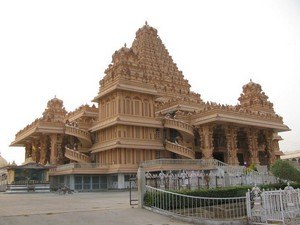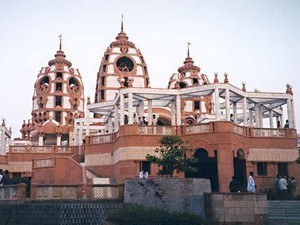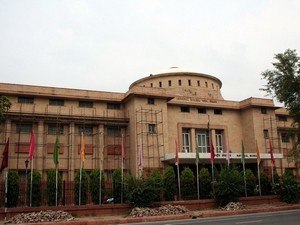Iron Pillar, Delhi City - Timings, History, Architecture, Best Time to Visit
 India | Delhi | Delhi City
India | Delhi | Delhi City
 #34 of 35 Places to Visit in Delhi City
#34 of 35 Places to Visit in Delhi City
 Distance (From New Delhi Railway Station): 15 Kms
Distance (From New Delhi Railway Station): 15 Kms
 Trip Duration (Including Travel): 15 Mins or Less
Trip Duration (Including Travel): 15 Mins or Less
 Place Location: Inside Qutub Complex
Place Location: Inside Qutub Complex
 Transportation Options: Walk/Trek
Transportation Options: Walk/Trek
 Travel Tips: Following places are located inside Qutub Complex and are visited together:
Travel Tips: Following places are located inside Qutub Complex and are visited together:
Qutub Minar
Alai Minar
Alai Darwaza
Alauddin Khilji Tomb and Madrasa
Tomb of Iltutmish
Iron Pillar
Following places are near by Qutub Complex and are ideally visited in a single trip:
Mehrauli Archaeological Park (2 km)
Jahaz Mahal (2 km)
Sri Aadya Katyayani Shakti Peeth Mandir - Chhatarpur (4 km)
At a distance of 15 km from New Delhi Railway Station, The Iron Pillar is standing at the center of the Quwwat-ul-Mosque in the Qutub Complex.
The Iron Pillar dates back to around 4th century, which was erected for honouring Lord Vishnu and in remembrance of Chandragupta II Vikramaditya (375-413). Based on inscriptions and archaeological evidence, the Iron Pillar of Delhi was originally located in Udayagiri near Vidisha in Madhya Pradesh. It was brought to its current location in 1233 AD by Shams-ud-din Iltutmish during his invasion of Malwa. It was erected as a flag pole and it is still a mystery that how this pillar moved to the present location in Qutub Minar. The pillar also highlights ancient India's achievements in metallurgy.
This pillar is about 7.3 m tall and is made of 98% wrought iron, which has not rusted or decomposed for more than 1600 years. The decorative bell at the top end of the Iron Pillar presents a marvelous design. The next part of the structure is the slanted rod disc. The next three parts consist of rounded disc structures. While the top and bottom discs are semi-rounded, the middle disc, which is also the thickest of the three, is completely round in shape. The sixth portion is another plain disc on top of which rests the final structure, which is the box pedestal. It is believed that the purpose of the box pedestal was to serve as a platform for a figure.
There are Sanskrit inscriptions in Brahmi Script etched on the pillar, some mentioning the Tomar King Anang Pal & it is said to weigh more than six tons. There is a popular traditional myth that it brings good luck if one can circle & join one's hands with their back to the pillar. For centuries it is exposed to the Sun, rain, winds, extreme heat and cold, but it continues to successfully resist all signs of ageing and wear and tear.
Entry Fee (Qutub Complex): Rs. 10 for Indians and Rs. 250 for Foreigners.
Timings: 6.30 AM to 6.30 PM.



